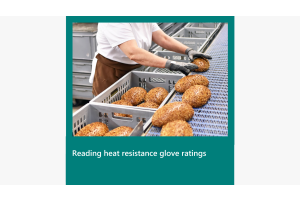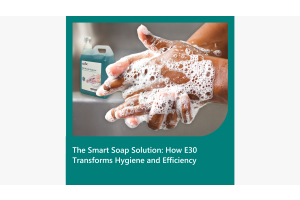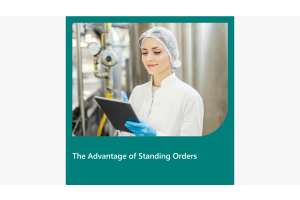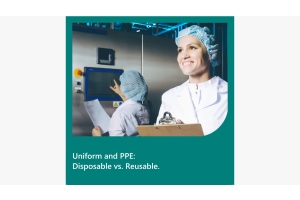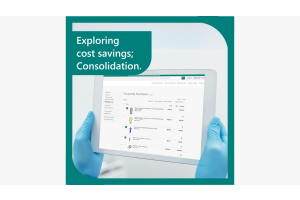What is the Ideal Colour-Coded Hygiene Wear for You?
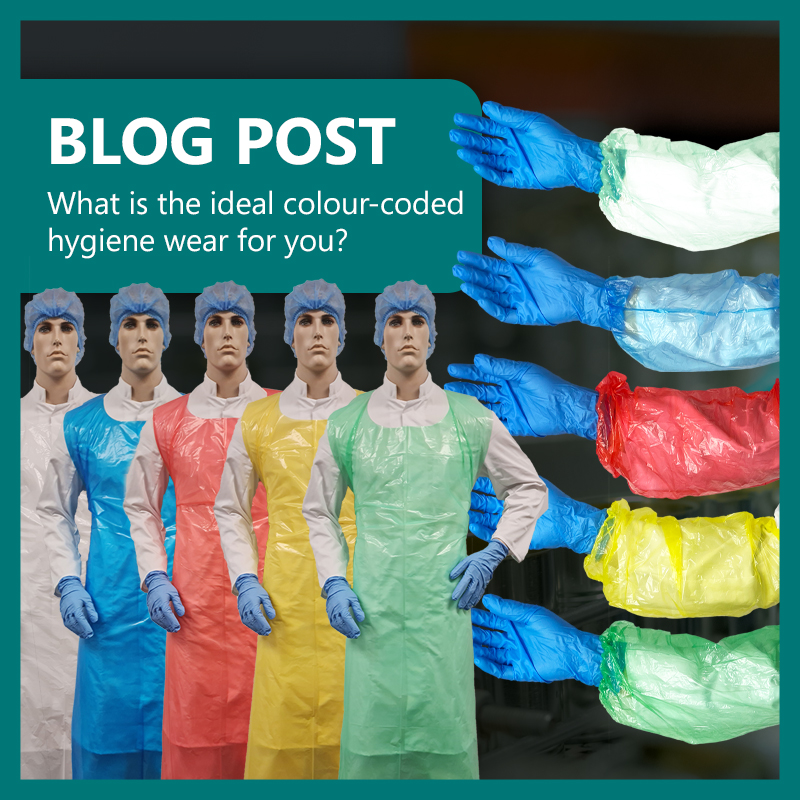
PPE and Hygiene are indispensable in the food processing industry. The purpose of hygiene wear and PPE are quite different to one another; hygiene wear is disposable clothing designed to keep the food free from contamination; protecting the task from the wearer whereas PPE protects the wearer from the task. These products can occasionally satisfy both purposes. For instance, a disposable poncho protects the wearer from splashes while preventing matter from falling off their clothes.
Colour, as we know, plays a critical role in preventing cross-contamination and controlling allergens. Most hygiene wear is available in blue and or white, but many come in additional colours such as red, yellow, and green. Purple, pink, orange and black are unique colours and can further signify different roles or tasks.
It is crucial, however, not to overcomplicate your colour-coded system. Colour coding works due to its quick visual recognition and ease of interpretation - particularly contrasting colours. Some common examples of how colour is used include warm colours, such as red, orange, and yellow, often used for allergens as they instinctively act as a warning. In comparison, green is often used for first-aid officers. Otherwise, a specific colour may be used for team leaders or other significant roles.
While colour coding may seem like an unpleasant way of differentiating team members, the hygiene and safety of your consumers are paramount. It is imperative if your team rotates roles; it helps them to identify what they are allowed to contact. Colour coding helps to reduce the chance of a mistake – particularly with new staff, as it helps them comprehend the system quicker. Finding your ideal solution and colour coordinate and can genuinely impact your company and provide peace of mind.
Considering how you use your colour is also important; for instance, a coloured labcoat, apron, or poncho is easier to identify than gloves or sleeve covers. Hairnets, while not as large a surface, is on top and easy to notice from a distance.
So, which hygiene wear should you use? What is the difference between them? We have outlined some options below:
- Aprons – Aprons are easy to wear and provide excellent splash protection. This is often used to protect the wearer from the task at hand. The variety of aprons available helps cover your requirements, by the length and thickness as well as the durability.
- Sleeve Covers – sleeve covers are often worn with aprons, as they are quick and easy to replace. Waterproof sleeve covers keep the arms dry, while the breathable option works like a labcoat.
- Coveralls – a coverall is an all-in-one outfit designed to prevent any matter from the team member’s body or clothing from contaminating the food. The thickness of the material is a key feature, as this is relevant to the environment’s temperature; these can come in water-resistant options but can be rather hot for your team.
- Ponchos – offer full waterproofing. Often desired if moisture is likely to drip from overhead, as it prevents water from dripping on the head or down the collar. If the floor is wet, a poncho protects splashes from behind.
- Labcoats – wearing a labcoat is more cost effective and efficient than a coverall. It is easy to wear and again, the temperature of the environment will impact the thickness desired.
- Gloves – gloves are a topic of their own, but as hands are the most likely place germs and allergens are going to spread, gloves must be worn to protect the food.
- Hairnets – hairnets (including hoods and other hair control products) ensure hair is kept from the production line, and in the majority if not all food processing environments, hairnets are non-negotiable.
Your preference for colour coding and hygiene wear will depend on your circumstance. Hygiene wear is non-negotiable; discussing with experts and trialling different options will help you find the best option for you and your team.






